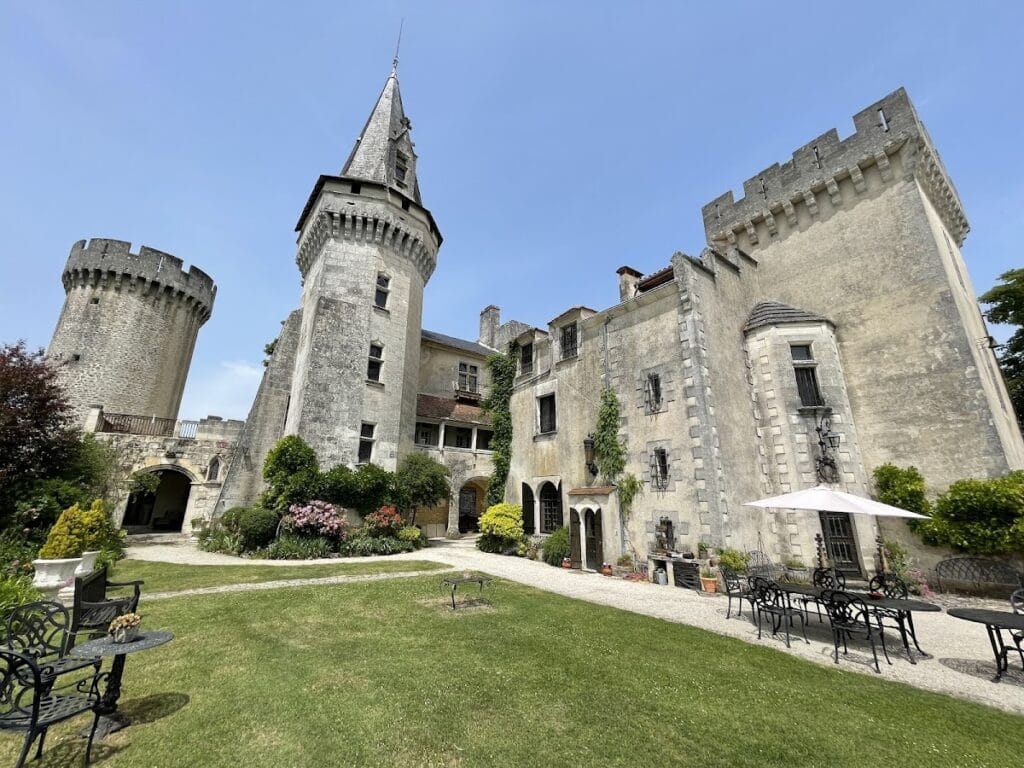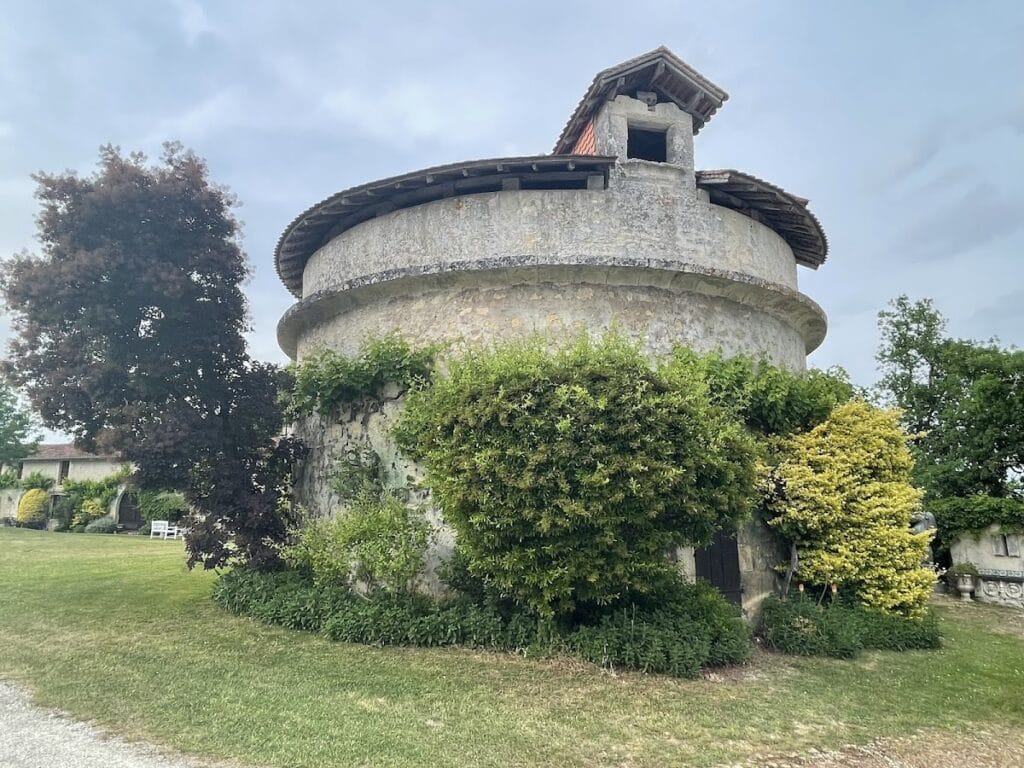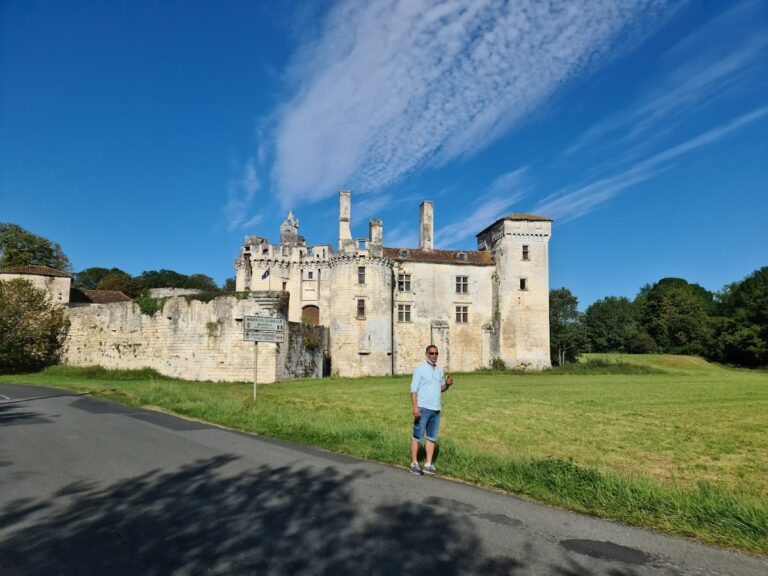Château de Marouatte: A Medieval Castle in Dordogne, France
Visitor Information
Google Rating: 4.9
Popularity: Very Low
Google Maps: View on Google Maps
Official Website: www.artatthecastle.com
Country: France
Civilization: Medieval European
Remains: Military
History
Château de Marouatte is situated in the Périgord region of northwest Dordogne, France, near the village of Saint-Vivien within the commune of Grand-Brassac. The castle overlooks the Euche valley, positioned about forty meters above a nearby local road. Its origins trace back to the medieval period, with construction phases spanning from the 13th to the 16th centuries. The site initially served as the fiefdom of the Montagrier family, who established the early fortifications and residential structures.
During the late 16th century, ownership passed to the Chabot de Jarnac family. One of its most notorious residents was Guy de Chabot, baron de Jarnac, known for his violent and predatory conduct. Local folklore grew around his reputation, casting him as a devilish figure who terrorized the surrounding peasantry from the castle’s towers. These legends reflect the social tensions and fears of the era, embedding the castle in regional myth.
The French Revolution brought significant destruction to Château de Marouatte. Much of the castle was demolished, and its stones were repurposed as building material elsewhere. In the 19th century, the castle underwent restoration led by Maxime Dannery, an architect dedicated to preserving Dordogne’s historic monuments. This effort aimed to stabilize and revive the remaining medieval structures.
In the late 20th century, the castle found new uses beyond its historical role. Between 1993 and 1994, the progressive rock band Marillion used Château de Marouatte as a recording location. Later, in 2011, parts of the castle served as a filming site for the television show X Factor. Despite these modern adaptations, the property remains under private ownership.
Remains
The Château de Marouatte site features a large outer enclosure that includes several outbuildings and a dovecote. This outer courtyard surrounds the main castle complex, which is located at the southern end of the enclosure. The castle itself consists of two residential wings, known as logis, a central donjon or keep, and a chapel. These elements are enclosed within a second fortified wall, providing an additional layer of defense.
The inner enclosure is strengthened by four round towers, each topped with crenellations—battlements with regular gaps used for defense. The masonry throughout the castle is well preserved, showing original stonework, window openings, and dormers that allowed light into the upper floors. The crenellations remain intact, highlighting the castle’s medieval military architecture.
Restoration work in the 19th century helped maintain these features, preventing further decay after the damage sustained during the Revolution. The castle’s defensive and residential components survive in substantial form, offering a clear view of its historical layout and construction techniques. The dovecote and outbuildings within the outer enclosure also remain, illustrating the castle’s role as a self-sufficient estate.
Local legends tied to the castle’s towers recall the fearsome presence of Guy de Chabot, whose reputation as a ruthless lord is linked to the imposing nature of these structures. This oral tradition adds a cultural dimension to the physical remains, connecting the architecture to the social history of the region.










